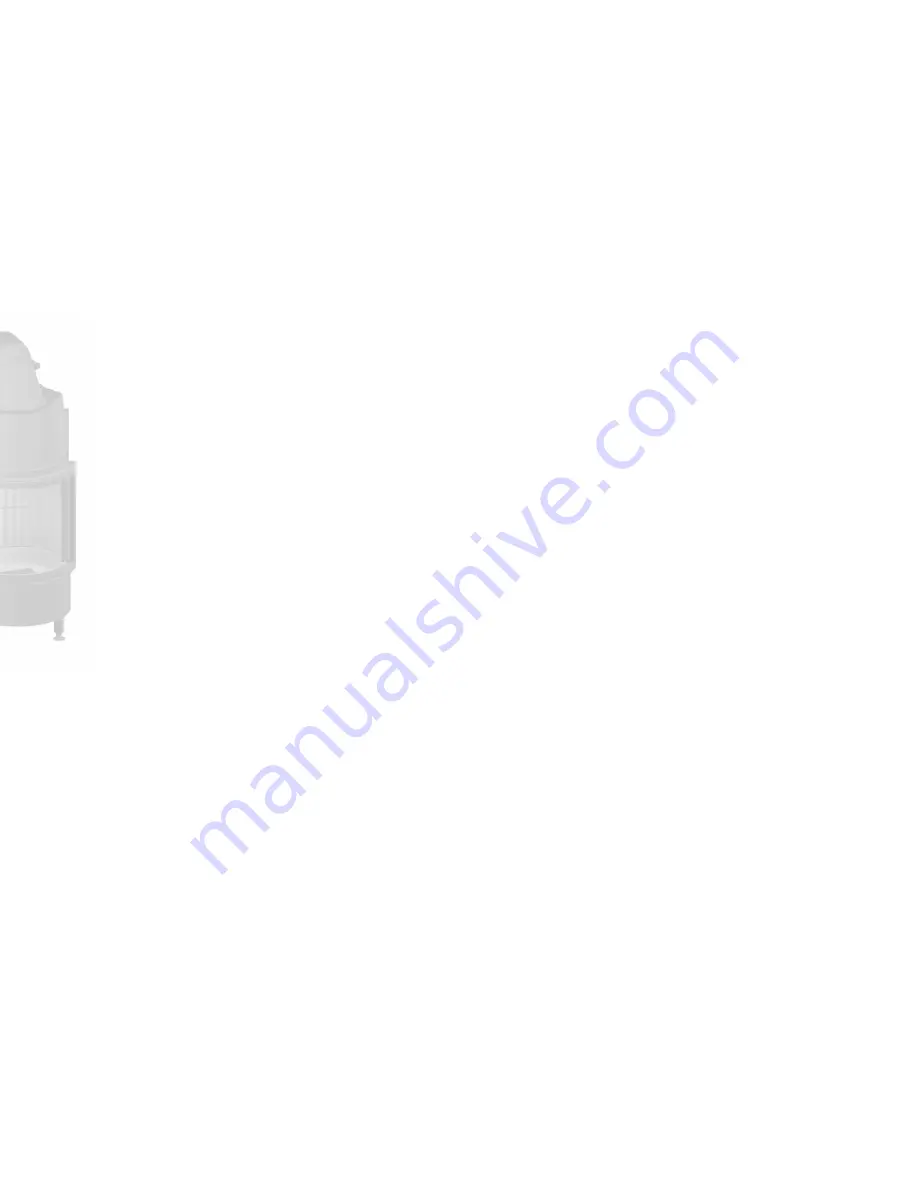
GB
10
5.4.1. THERMAL INSULATION MATERIAL THICKNESS
For information on the thermal insulation material thickness relevant to your
fireplace insert, see „Technical Data“ on page 15.
Use mats, sheets or shells of silica-based insulation material (stone or slag
wool and ceramic fibers) in construction material class A1 as per DIN 4102,
part 1 with an upper application limit temperature of at least 700 °C when
measured as per DIN 52271 and a rated density of 80 kg/m
3
to produce
the insulating layers. They need to have a corresponding insulation material
code as per AGI-Q 132.
The insulation material code may not contain the number sequence „99“. If
this insulating layer is not framed by walls, facing or adjacent sheets, use
fasteners at a maximum distance of 33 cm to each other. Other insulation
material, e.g. gas concrete or mineral construction materials, have to pos-
sess a general construction inspection permit from the German Institute of
Construction Technology Berlin (DIBt). It has to be installed according to the
manufacturer‘s instructions.
The other insulation materials all possess different heat transfer coeffi-
cients, so insulation material thickness will vary. The required insulation
material thickness can be determined from the diagram provided by the
insulation material manufacturer.
Some thermal insulation materials can be used as a stud wall and insulation
at the same time. This reduces the installation depth significantly. Thermal
insulation made of stone and slag wool require abrasion-resistant cladding
so the circulation air volume flow does not transport insulation particles into
the room. Other thermal insulation sheets leave the factory with added abra-
sion resistance as required. This insulation material may only be fastened
with offset joints and end to end. If several layers are to be fastened, the
edges have to overlap.
5.4.2. STUD WALL FOR WALLS THAT NEED
PROTECTION
• When installing the open fireplace on a wall that needs protection, a
stud wall is required. The stud wall has to protrude at least 20 cm over
the connecting piece.
• A stud wall is not necessary if the building wall:
-
is at least 11.5 cm thick
-
consists of non-combustible construction materials
-
is not a load-bearing concrete or reinforced concrete wall
• The stud wall can be built in a traditional manner, e.g. made of bricks,
or can consists of thermal insulation sheets as mentioned above. This
significantly reduces the overall construction depth, which consists of
the stud wall and insulation.
5.6. FLEXIBLE GROUTING BETWEEN FACING AND
INSERT
A direct link between the fireplace insert and the facing is not allowed. Plan
to use flexible grouting that will be sealed by sealing band, for example.
Please note: a minimum distance of 6 mm has to exist between the door
frame and the fireplace hood or the installation frame, in order to disassem-
ble the fireplace insert door as required (e.g. replacement viewing pane).
5.7. FIREPLACE HOOD
A fireplace hood may never be directly connected to the fireplace insert.
It must bear itself after being set up. See „Facing“ section for the addi-
tional requirements. Please note: a minimum distance of 6 mm has to exist
between the door frame and the fireplace hood or the installation frame, in
order to disassemble the fireplace insert door as required (e.g. replacement
viewing pane).
Содержание Arte 1Vh
Страница 1: ...Installation Instructions Fireplace Inserts ...
Страница 27: ...GB 27 NOTES GB ...
Страница 28: ...GB 28 NOTES ...











































